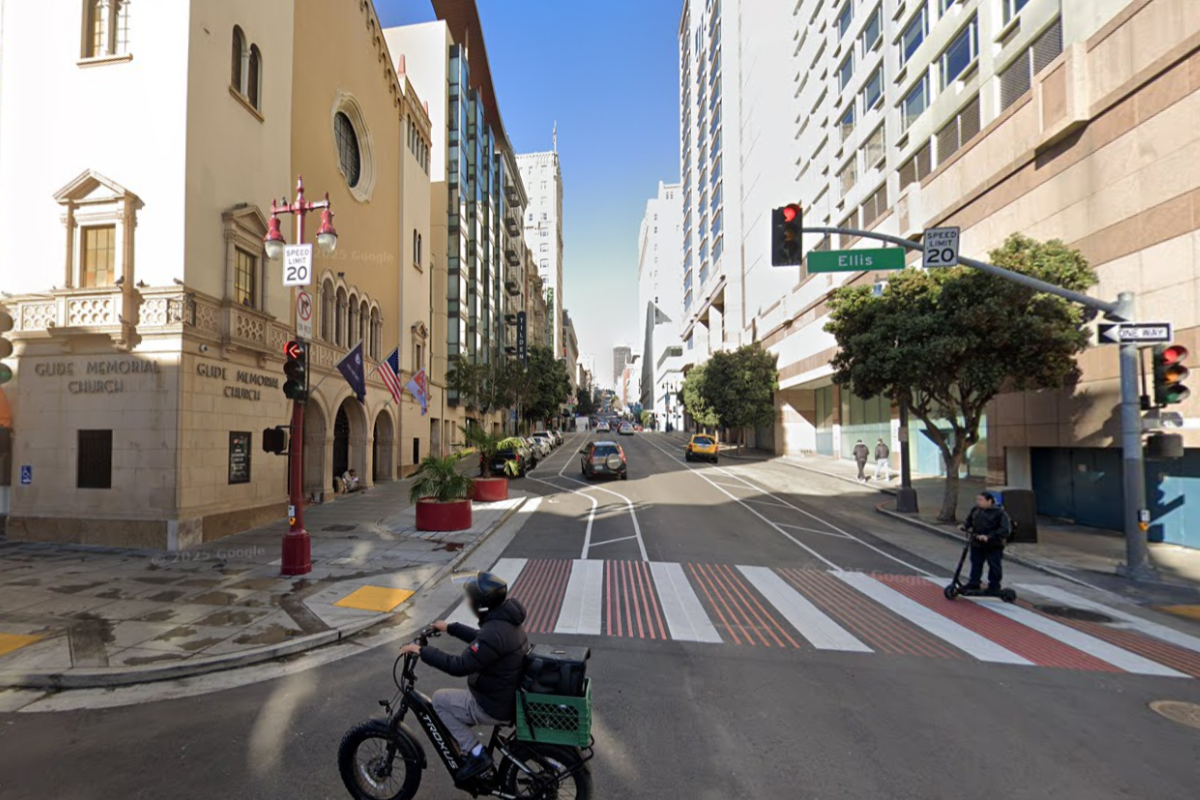The urban landscape of San Francisco’s Tenderloin district recently witnessed a significant moment of community pride and artistic integration with the unveiling of a vibrant, 400-pound “Hearts in San Francisco” sculpture. This isn’t merely another piece of public art; it symbolizes a pivotal shift for a neighborhood historically accustomed to oversight rather than celebration, marking its first permanent installation of the iconic series at GLIDE Memorial Church.
The ceremony itself was a convergence of unusual optimism, drawing together key city officials, dedicated community leaders, and local residents who collectively perceived this event as far more profound than a simple art dedication. It underscored a growing recognition of the Tenderloin’s intrinsic value and its ongoing efforts toward revitalization, fostering a sense of shared belonging and investment in the district’s future.
Artist Jaz Cameron, whose distinctive geometric style and joyous bursts of color define the sculpture, generously gifted this heart to GLIDE, courtesy of the San Francisco General Hospital Foundation. A remarkable coincidence highlights this pairing: the sculpture’s design serendipitously mirrors GLIDE’s long-standing logo, imbuing the installation with a sense of predestined harmony rather than mere philanthropic gesture, enhancing its local resonance.
The unveiling served as a potent platform for District 5 Supervisor Bilal Mahmood to champion his “geographic equity” initiative, advocating for a more equitable distribution of the city’s social services burden across all neighborhoods. Mahmood, a Tenderloin resident himself, lends significant credibility to his impassioned plea, distinguishing his advocacy from typical political photo opportunities and reinforcing his commitment to his constituents.
Mahmood’s legislative efforts aim to mandate that every district host at least one homeless shelter or treatment facility, directly confronting the current imbalance where the Tenderloin shoulders approximately 20 such facilities while more affluent areas host none. Reports indicate that mayoral amendments could challenge this proposal, setting the stage for a critical political test for Mahmood and highlighting the deep-seated resistance to such systemic change.
The battle for votes is stark: Mahmood requires eight to override a potential mayoral veto, a formidable challenge given the reluctance of supervisors representing wealthier districts to embrace facilities within their own constituencies. This political dynamic underscores the ongoing struggle for equitable resource allocation and the persistent socio-economic disparities within San Francisco, even amidst symbolic gestures of unity.
Cameron, a cherished San Francisco street artist, has been an integral part of the Tenderloin’s cultural fabric for years, recognized for his outdoor gallery on 2nd Street and his vibrant contributions to city walls, particularly visible near the ballpark during Giants games. His deep connection to the neighborhood adds an authentic layer to the heart project, further rooting it in the community’s identity.
However, the narrative of urban improvement in San Francisco often presents a predictable challenge. Analysis reveals that intensified Tenderloin cleanup efforts have, in some instances, correlated with an increase in property crime in adjacent areas like SoMa and and Mission Bay. This phenomenon, often dubbed the “San Francisco shuffle,” illustrates how addressing issues in one locale can inadvertently displace them to neighboring districts, requiring a more holistic city-wide strategy.
Amidst these developments, Tenderloin residents are actively demanding a greater voice in shaping their neighborhood’s destiny, pushing for a significant $4 million participatory budgeting process over three years. This initiative seeks to empower residents to directly decide how improvement funds are allocated, shifting decision-making power from distant bureaucrats to those who live and breathe the community, reinforcing a commitment to true grassroots engagement and self-determination.






Leave a Reply